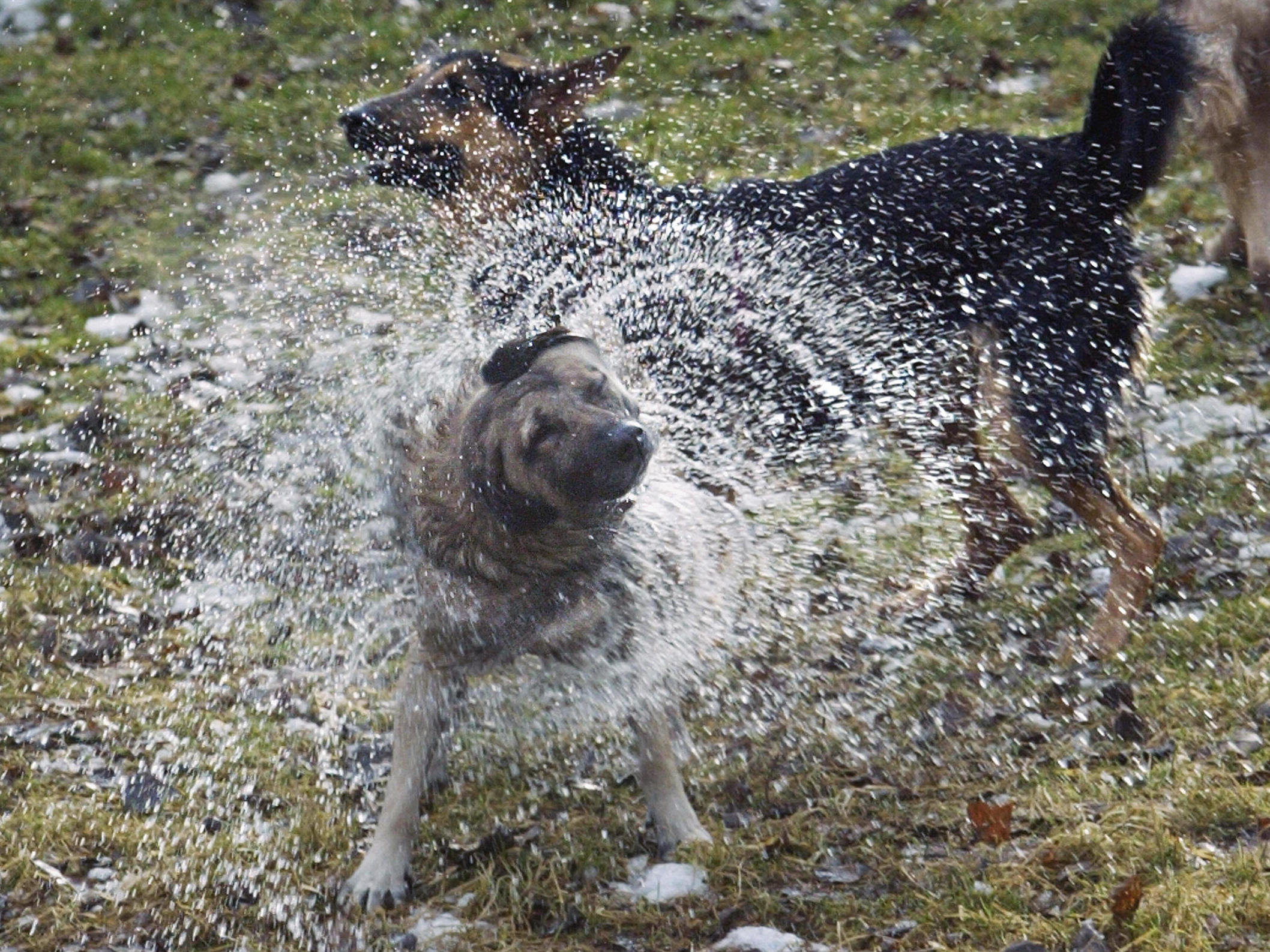Toxic algae in fresh water is killing pet dogs in the US, owners say
'A lot of times, the neurotoxins will kill the animal before they can get to the veterinarian'

Your support helps us to tell the story
From reproductive rights to climate change to Big Tech, The Independent is on the ground when the story is developing. Whether it's investigating the financials of Elon Musk's pro-Trump PAC or producing our latest documentary, 'The A Word', which shines a light on the American women fighting for reproductive rights, we know how important it is to parse out the facts from the messaging.
At such a critical moment in US history, we need reporters on the ground. Your donation allows us to keep sending journalists to speak to both sides of the story.
The Independent is trusted by Americans across the entire political spectrum. And unlike many other quality news outlets, we choose not to lock Americans out of our reporting and analysis with paywalls. We believe quality journalism should be available to everyone, paid for by those who can afford it.
Your support makes all the difference.Dog owners have reported this summer that their pets became fatally ill after swimming in freshwater lakes and ponds, apparently after ingesting water laden with toxic blue-green algae.
A sharp rise in algae populations – or algal blooms - have led to swimming bans from lakes in the Pacific Northwest to the entire Mississippi seacoast and Lake Hopatcong, New Jersey’s largest lake.
Algal blooms tend to thrive in high temperatures and after heavy rains carry fertilizer runoff and sewage into waterways.
Health threats to animals range from skin rashes to neurological problems. The blooms can release toxins that can cause liver damage, lead to respiratory paralysis or produce other fatal conditions.
The danger drew national attention in recent days after a woman in North Carolina lost her three dogs — Harpo, Abby and Izzy — after one had gone swimming in a pond.
Cyanobacteria, the main organisms that produce the toxins that make the freshwater blooms harmful, can cause ailments in people, but dogs are more susceptible because they ingest them, said GreenWater Laboratories, which tests water samples for the toxins.
Sometimes the algae look like grains of floating green sand or scum. They can go undetected by dog owners if they lurk under the water’s surface or attach to plants. Wind can blow algae from one area into another that had previously looked clear.
While the sight and odour of algae repels humans, animals sometimes lap up the water, ingest floating pieces of algae or snap at floating algal balloons. They could fall fatally ill after licking their wet fur.
Toxic algae can also dry up into crusts onshore, where dogs might nibble on them.
Brittany Stanton took her two-year-old golden retriever to Lady Bird Lake in Austin, Texas, where he jumped off their kayak into the water.
“It only took one hour from the time we left the water for Oliver to breathe his last breath,” Ms Stanton said in a Facebook post.
The following day, the city of Austin advised pet owners to keep their animals out of the lake because of the potential presence of harmful algae.
On Friday, it said the advisory remained in effect after tests confirmed a neurotoxin from algae had been found in one area called Red Bud Isle.
Morgan and Patrick Fleming of Marietta, Georgia, took their border collie, Arya, to Lake Allatoona, north of Atlanta. The animal became ill and died from what a veterinarian said was “most likely” an algal toxin, a local television station reported.
“It happens every single year in the US and around the world,” Val Beasley, a professor of veterinary, wildlife and ecological toxicology sciences at Pennsylvania State University, said on Monday.
“A lot of times, the neurotoxins will kill the animal before they can get to the veterinarian,” he said. “This time of year is when you have the most numbers of cases and people are out and about with their animals and the conditions are ripe for the cyanobacteria to grow.”
He said that there were no nationwide figures of dog deaths from the poisoning.
Melissa Martin said her dog Harpo jumped into a pond in Wilmington, North Carolina.
“He just splashed around in it a little bit,” she said. A few times, he put his face under the water as it he were “bobbing for apples”.
When he got to shore, he got her other two dogs Abby and Izzy wet with the pond water. When they went home, Abby had a seizure.
“Her back legs were trembling. Her body was in the shape of a C,” she said. “Burning to the touch.”
Ms Martin raced Abby to an animal emergency hospital and was told to bring her other two dogs as well, after the vetinarian learned they had all been around water.
All three animals had been infected.
“I told him he was such a good boy and he had done so much,” Ms Martin said, describing her last moments with Harpo, a therapy dog, just before he and the other two dogs died. “He put his paw on my arm.”
The New York Times
Join our commenting forum
Join thought-provoking conversations, follow other Independent readers and see their replies
Comments